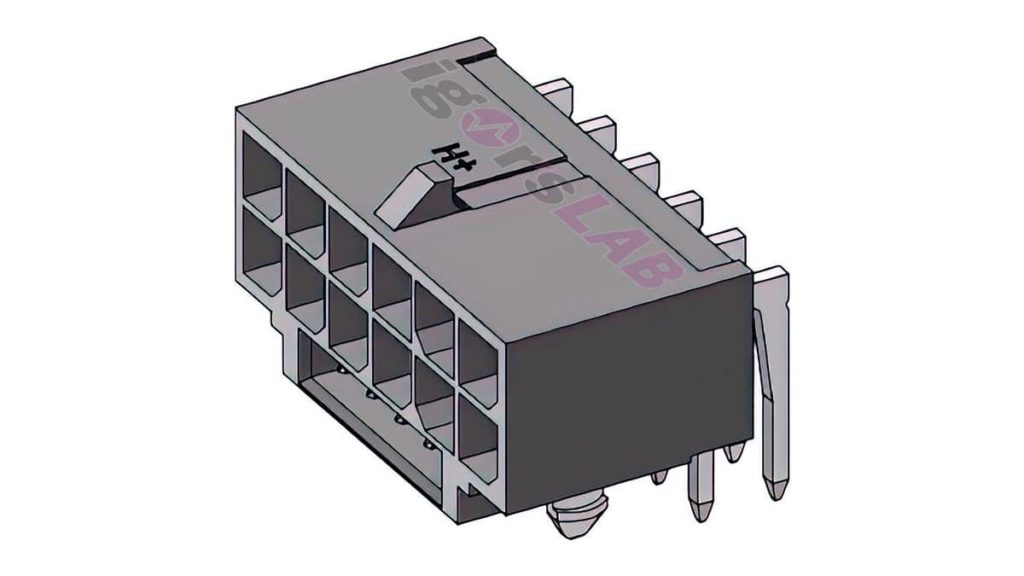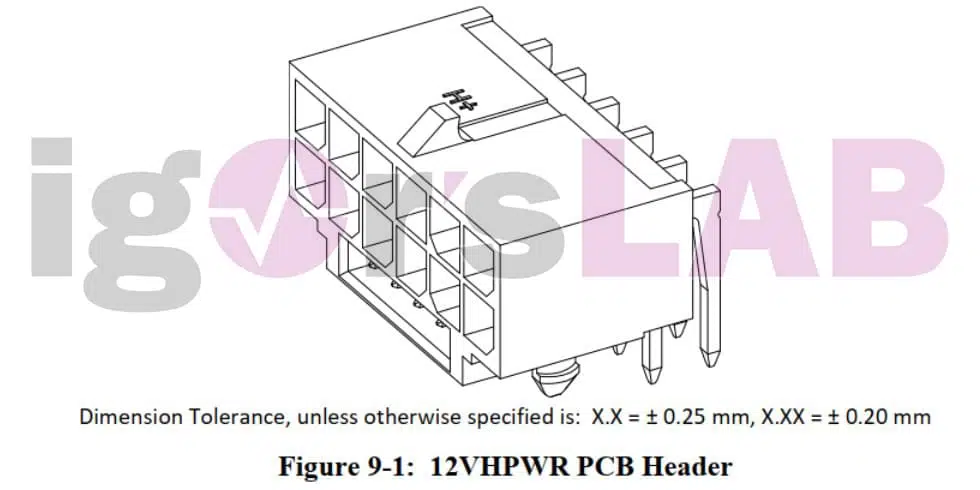- Joined
- May 6, 2019
- Messages
- 12,595
- Points
- 113
Image: Igor’s Lab
Igor’s Lab has shared diagrams of the new power connector that will supposedly debut with NVIDIA’s GeForce RTX 3090 Ti graphics card. Representing PCI-SIG’s new “High Power Connector” (H+) standard, the connector is a new, non micro-fit design that features a total of 16 pins, four of which are located at the bottom. The new standard can support up to 600 watts of power for next-generation graphics cards.
From Igor:
The new 12VHPWR connector […] does not fit the PCI Express 2×3 and 2×4 Auxiliary Power connectors. The power supply pins of the 12VHPWR connector have a spacing of only 3.0 mm, while the contacts...
Continue reading...

